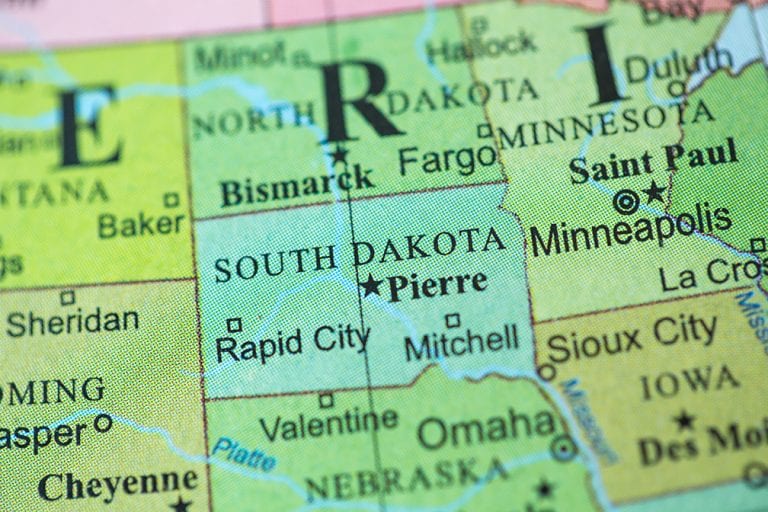RAPID CITY, S.D. — An abandoned gypsum mine in Black Hawk, South Dakota, that was exposed by a sinkhole in 2020 may extend farther than current mapped areas show, according to a geophysical study.
Mohammad Sadeghi, a professor of geological engineering at Montana Technical University who led the study, says there’s the possibility that the mine extends below Interstate 90. The group recommends that further research be done in the area.
More than 40 people from 15 homes in the Hideaway Hills neighborhood were forced to evacuate after the collapse in April 2020 in Black Hawk, which is located about 8 miles northwest of Rapid City.
There are at least two lawsuits filed in relation to the collapse, one of which is one step closer to class-action status, the Rapid City Journal reported.
The Fitzgerald Law firm of Rapid City filed a lawsuit against developers and county and state entities. Fox Rothschild, a large national law firm, filed one against state government.
Hideaway Hills residents are also seeking answers to a potential loss of sewage service due to the mine.
Sadeghi has presented his team’s research methods to Hideaway Hills residents and said he believed the sinkhole opened due to surface water infiltrating the ground and seeping into the roof of the mine that dissolved gypsum.
The Associated Press is an independent global news organization dedicated to factual reporting. Founded in 1846, AP today remains the most trusted source of fast, accurate, unbiased news in all formats and the essential provider of the technology and services vital to the news business. The Trucker Media Group is subscriber of The Associated Press has been granted the license to use this content on TheTrucker.com and The Trucker newspaper in accordance with its Content License Agreement with The Associated Press.














I believe there should be an investigation of the subsurface and determine where those things are most likely. Advise people to move some place safer, which should/could be determined also, by subsurface investigations